How to Identify and Deal with a Clogged Main Sewer Line
Sometimes a clogged toilet or sink can be a more serious problem than a plunger would be able to fix. If you’ve plunged your drain and nothing seems to work, your main sewer line may have become clogged. In that case, using a plunger would be useless.
If the sewer line is clogged, it can cause major issues all over your home that can be expensive and cause major damage. To avoid this serious problem, you need to be able to identify if your sewer line is clogged.
A main sewer drain clog is not only a serious problem for your house’s plumbing, but it’s also a potential health concern for you and your family. Wastewater will not have a way to the main sewer system without your sewer drains; therefore, the clogging will cause the water to go back up through your fixtures like your toilet sink and shower drains.
When you’ve decided that you may have a sewer line clogging, do not use any plungers until the blockage becomes cleared to avoid any further clogging.
If you’re unfamiliar with your main sewer line, think of your plumbing system as a tree where the main sewer line is the trunk and the other pipes leading to your plumbing fixtures are the branches. You can find access to your main sewer line in your basement, garage, or crawlspace. It usually has a screwtop so you can look inside.
You can also find access to your main sewer line near the foundation of your home in your yard. The main sewer line transports all of the waste from your house to the main sewer system.
The drains that connect to your fixtures are smaller pipes, and if the main sewer is clogged, it will back up every drain in your house, which is why a clog is a serious problem. At worst, a clogged main sewer pipe will cause serious damage to your home, and at the very least, it will cause wastewater and sewage to enter your home.
You may be unfamiliar with what to do if your main sewer line is clogged, or you may not even be able to tell that it’s clogged. You don’t want to let it get to the point where your wastewater comes back up through your fixtures. That can be a nightmare for homeowners and tenants.
Symptoms of a Clogged Sewer Line:
- Discolored Water: If you have the sinking suspicion that your main sewer line is clogged, check your tubs to see if any water has risen. The water will most likely not be clear because it will be full of raw sewage; wear protective gear and use very powerful cleaners before you use any of your tubs.
- Delayed or Lack of Draining: Take a minute to think about the drains in your home. Are they draining rapidly, or do you notice water pooling whenever you run the water? Your drains tend to slow down when there’s a clog because most sewer line clogs do not suddenly block 100% of the pipe. Instead, debris accumulates over time, making it harder and harder for waste to move through.
- Strange Behavior from Plumbing Fixtures: Besides draining, plumbing fixtures may display other odd behaviors like noises, smells, or other malfunctions. Sounds to listen for are bubbling, gurgling, hissing, and dripping, and you’ll know something is amiss if you smell sewage.
What Do I Do Now?
Now that you’ve realized it’s happening, don’t panic. Don’t try to use plungers or try to clean the sewage line yourself:
- Turn Off the Water: To keep the issue from growing, turn off your water as soon as you suspect a sewage drain clogging. A sink might overflow without anyone knowing it, or someone may accidentally use the toilet. Turn off the water by locating the house’s main and turning the wheel off.
- Call a Plumber: Most sewer line clogs are due to damage like broken pipes, tree roots, and underground issues. Sewer drain clogs are a different monster than other pipes in your home.
If you have an item such as a flushed ring down the toilet and need help if the worst in your main sewer line is clogged, don’t hesitate to contact J. Blanton Plumbing. We offer plumbing installation and plumbing repair in Evanston, Illinois. To schedule service, please fill out our contact form or call us.











